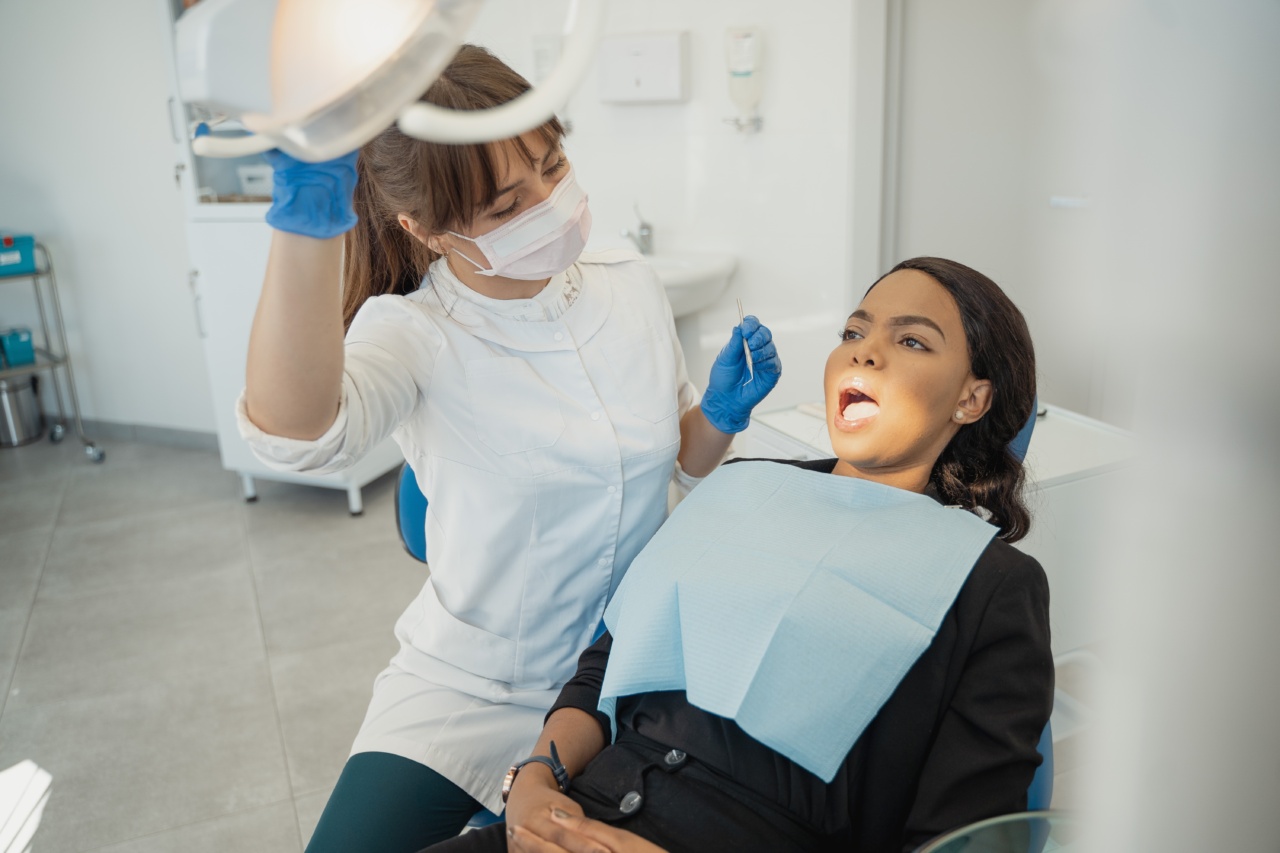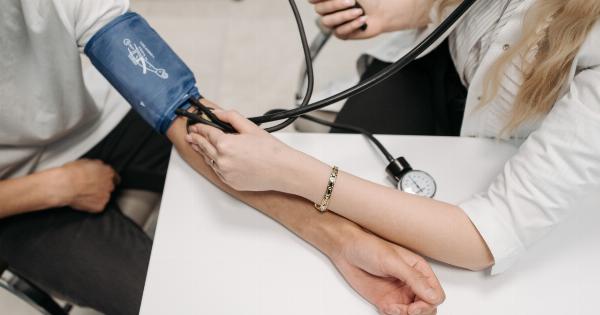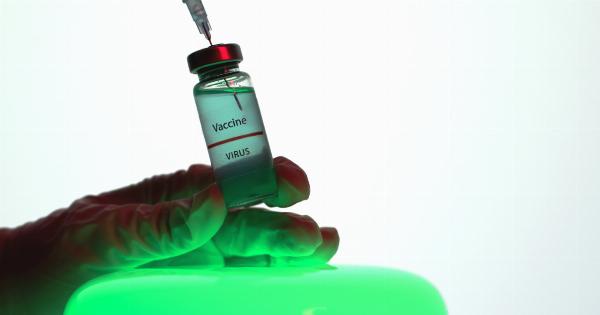Pulmonary arterial hypertension (PAH) is a chronic and progressive disorder characterized by high blood pressure in the arteries that supply the lungs.
It is a debilitating condition that can severely impair the quality of life and ultimately lead to right heart failure and death if left untreated. Although several treatment options are available for PAH, a subset of patients fails to respond adequately to phosphodiesterase-5 (PDE-5) inhibitors, the mainstay of therapy for PAH.
This article discusses the potential benefits of using riosiguate, a soluble guanylate cyclase (sGC) stimulator, in patients with PAH who have a poor response to PDE-5 inhibitors.
Understanding Pulmonary Arterial Hypertension
Pulmonary arterial hypertension is a rare condition characterized by increased resistance in the pulmonary arteries, leading to high blood pressure in the lungs.
The elevated pressure puts strain on the heart, as it has to work harder to pump blood through the narrowed arteries. This extra workload on the heart can eventually lead to right heart failure.
PAH can be idiopathic (without a known cause) or associated with other conditions, such as connective tissue diseases, congenital heart disease, HIV infection, or certain drugs and toxins.
Regardless of the underlying cause, the condition is driven by vasoconstriction, endothelial dysfunction, and abnormal proliferation of smooth muscle cells in the pulmonary arteries.
Current Treatment Options for PAH
The treatment goals for PAH include improving symptoms, slowing disease progression, and prolonging survival. Several classes of medications are available for the management of PAH, including:.
1. Phosphodiesterase-5 (PDE-5) Inhibitors
PDE-5 inhibitors, such as sildenafil and tadalafil, are the most commonly used medications for PAH.
They work by blocking the breakdown of cyclic guanosine monophosphate (cGMP), a molecule that relaxes the smooth muscles in the pulmonary arteries, leading to vasodilation and improved blood flow. However, not all patients respond adequately to PDE-5 inhibitors, and alternative treatments are necessary for this subset of patients.
2. Endothelin Receptor Antagonists
Endothelin receptor antagonists, including bosentan and ambrisentan, block the action of endothelin, a protein that constricts blood vessels.
By inhibiting endothelin, these medications help to improve pulmonary arterial blood flow and reduce symptoms in PAH patients.
3. Prostacyclin Analogs
Prostacyclin analogs, such as epoprostenol and treprostinil, mimic the effects of prostacyclin, a naturally occurring substance that dilates blood vessels and inhibits platelet aggregation.
These medications are administered through continuous infusion or inhalation to improve exercise capacity and reduce symptoms in PAH patients.
4. Soluble Guanylate Cyclase Stimulators
Riosiguate, a soluble guanylate cyclase stimulator, offers a novel approach to the treatment of PAH. It works by directly stimulating the enzyme soluble guanylate cyclase, which leads to increased production of cyclic guanosine monophosphate (cGMP).
The elevated cGMP levels promote vasodilation and inhibit smooth muscle cell proliferation, both of which are beneficial in the management of PAH.
Benefits of Riosiguate in Patients with Poor Response to PDE-5 Inhibitors
Patients with PAH who do not respond adequately to PDE-5 inhibitors represent a challenging population to treat. These individuals often experience persistent symptoms, functional limitations, and disease progression, despite receiving standard therapy.
The addition of riosiguate to their treatment regimen offers several potential benefits:.
1. Improved Hemodynamics
Riosiguate has been shown to significantly improve hemodynamic parameters, such as pulmonary vascular resistance and cardiac output, in patients with PAH.
These improvements contribute to better overall heart function and reduced strain on the right ventricle.
2. Enhanced Exercise Capacity
Studies have demonstrated that riosiguate can improve exercise capacity in patients with PAH who have an inadequate response to PDE-5 inhibitors.
Increased exercise tolerance allows individuals to engage in physical activities with less fatigue and breathlessness, improving their quality of life.
3. Delayed Disease Progression
Riosiguate has shown promise in slowing the progression of PAH in patients who are non-responsive to PDE-5 inhibitors.
By inhibiting smooth muscle cell proliferation and improving vascular function, riosiguate may help to prevent further remodeling of the pulmonary arteries and preserve lung function.
4. Combination Therapy
Riosiguate can be used in combination with other PAH medications, including PDE-5 inhibitors, endothelin receptor antagonists, and prostacyclin analogs.
This approach allows for a tailored treatment regimen based on individual patient needs and may lead to better outcomes compared to monotherapy with PDE-5 inhibitors alone.
Conclusion
Riosiguate, as a soluble guanylate cyclase stimulator, offers a promising treatment option for patients with pulmonary arterial hypertension who have a poor response to PDE-5 inhibitors.
Its ability to improve hemodynamics, enhance exercise capacity, delay disease progression, and be used in combination therapy makes it an invaluable addition to the existing armamentarium of PAH treatments. Further research and clinical trials are needed to establish its long-term efficacy and safety in this patient population.



























